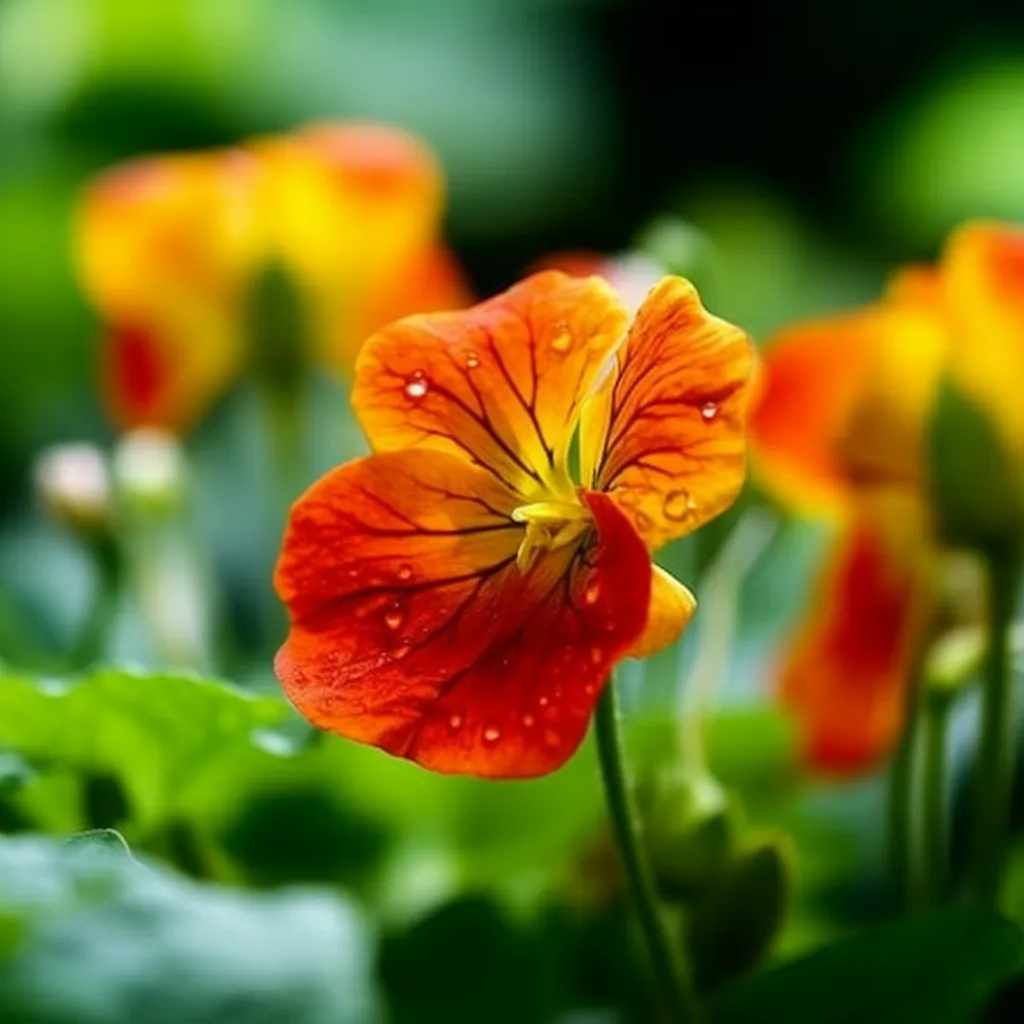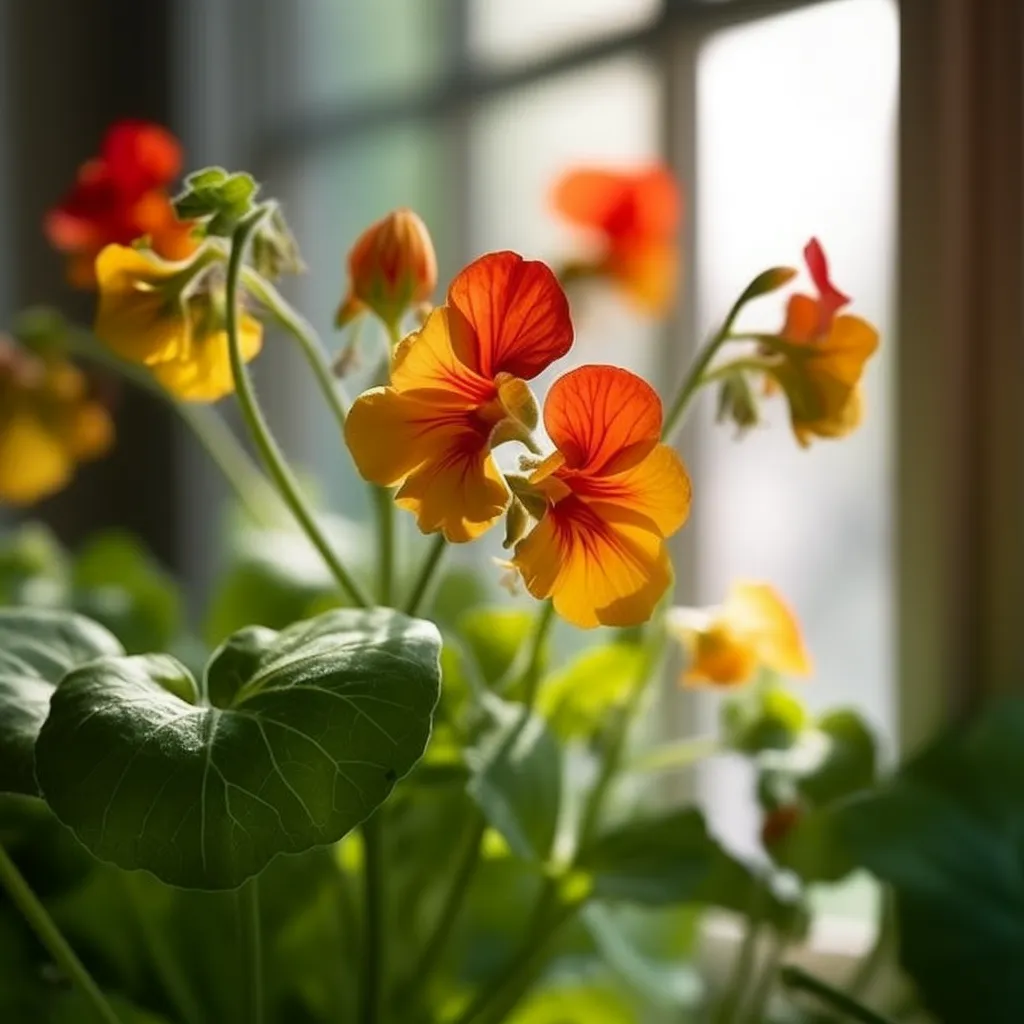Story of Day :
Contents
The Nasturtium Plant: A Complete Guide with Care Tips
Gardening can be a fun and rewarding hobby.
There is nothing more satisfying than watching your plants grow, bloom, and flourish.
However, not all plants are created equal.
Some require more attention and care than others.
In this article, we will take a closer look at one of our favorite garden flowers – the nasturtium plant.
What is a Nasturtium Plant?
Nasturtium (Tropaeolum majus) is an easy-to-grow annual flowering plant that belongs to the family Tropaeolaceae.
The name “nasturtium” comes from the Latin word “nasus tortus,” which means twisted nose, referring to its pungent smell.
Why Grow Nasturtiums?
- Nasturtiums are excellent garden companions as they repel certain pests such as aphids, whiteflies, and cabbage worms.
- Their bright flowers in shades of red, orange, yellow and cream add color to any garden bed or container planting.
- Their leaves have a slightly peppery taste that can be used in salads or as edible garnish for your dishes.
How to Grow Nasturtium Plants?
Growing nasturtiums is not difficult; just follow these simple steps:

- Selecting Seeds: You can start nasturtium seeds indoors in early spring or sow them directly into the ground after danger of frost has passed.
Choose compact bush varieties if growing in pots or hanging baskets.
- Sowing Seeds: Sow seeds 1/2 inch deep in well-drained soil.
Water gently, and keep moist until the seeds germinate.
Seeds typically take about a week to germinate.
- Transplanting: Once the seedlings have developed their first true leaves, transplant them into containers or garden beds.
They prefer full sun but can tolerate light shade.
- Watering: Keep the soil consistently moist but not waterlogged.
Nasturtiums can suffer from root rot if overwatered.
- Fertilizing: Nasturtiums don’t require a lot of fertilizer, but you can add some compost or slow-release fertilizer to promote healthy growth and abundant flowers.
- Pest Control:Nasturtium plants are relatively resistant to pests and diseases but keep an eye out for aphids and caterpillars, which may be attracted to your nasturtiums because they are also host plants for other insects such as ladybugs that feed on these pests.
Caring for Nasturtium Plants
Nasturtium plants are easy to care for once established.
Here are some tips:

- To encourage continuous blooming, pinch off spent flowers regularly or deadhead them
- If you live in a hot summer climate provide afternoon shade as extreme heat may stunt its growth affecting flowering capacity
- If growing in containers fertilize with liquid houseplant fertilizer every two weeks instead of using granular fertilizers as it helps increase blooms
In Conclusion..x
Apart from their beauty and culinary potential, nasturtiums bring many benefits including being excellent companion plants that repel harmful insect pests that would otherwise damage your garden plants.
With their easy-to-grow nature, they are perfect for beginners and experienced gardeners alike.
Try growing nasturtiums in your garden this season and enjoy these versatile and attractive plants.